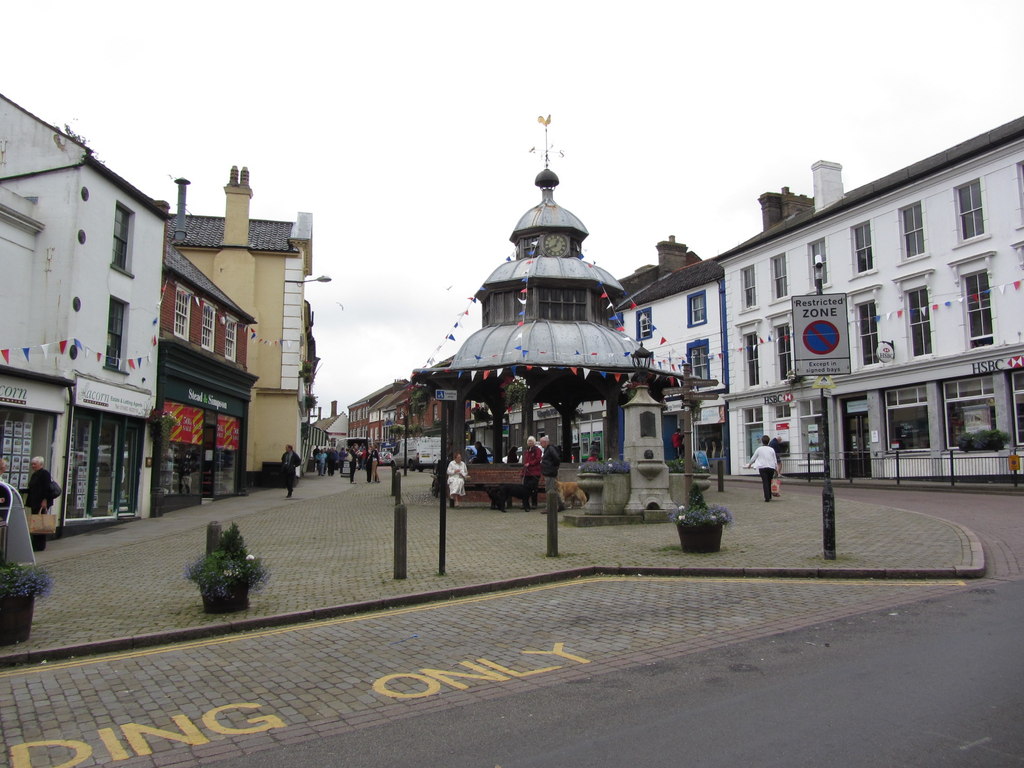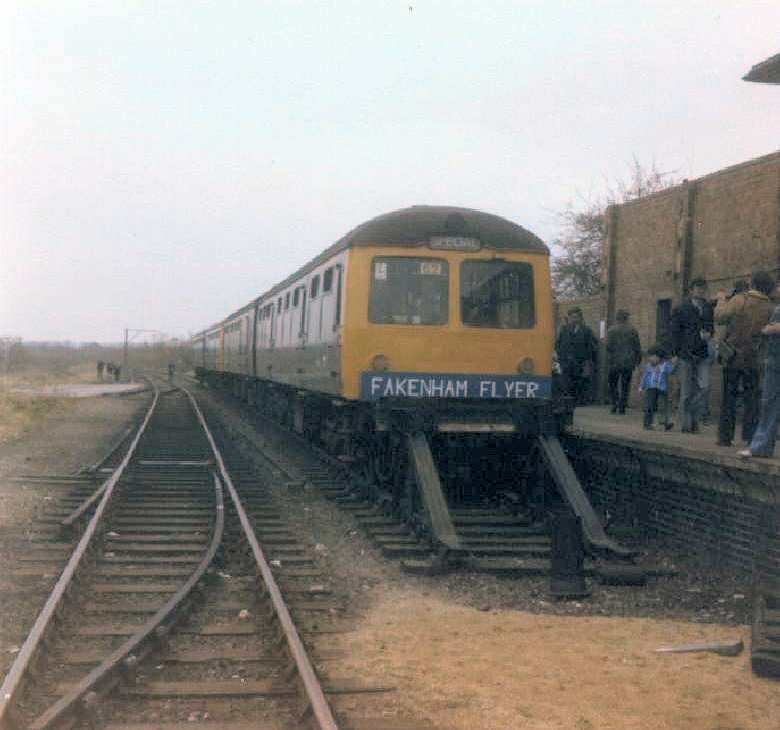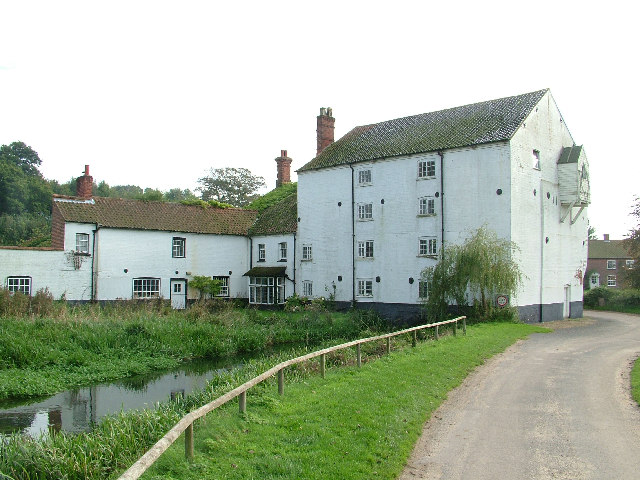|
Shereford
Shereford is a small village and former civil parish, now in the parish of Dunton, Norfolk, Dunton, in the North Norfolk district, in the county of Norfolk, England. It is located about west of the market town of Fakenham. It lies on the east bank of the River Wensum facing Dunton across the river. In 1931 the parish had a population of 97. On 1 April 1935 the parish was abolished to form Dunton. The villages name means 'Bright/clear ford'. Shereford St. Nicholas is one of 124 existing round-tower churches in Norfolk. References External links St Nicholas on the European Round Tower Churches website Villages in Norfolk Former civil parishes in Norfolk North Norfolk {{Norfolk-geo-stub ... [...More Info...] [...Related Items...] OR: [Wikipedia] [Google] [Baidu] |
Dunton, Norfolk
Dunton is a village and civil parish in the North Norfolk district, in the county of Norfolk, England. It is located about west of Fakenham and north-west of Norwich. History Dunton-cum-Doughton's name is of Anglo-Saxon origin and derives from the Old English for a farmstead or settlement either situated on a hill or with ducks. In the Domesday Book, Dunton is listed as a settlement of 25 households in the hundred of Brothercross. In 1086, the village was part of the East Anglian estates of King William I. The parish of "Dunton" was formed on 1 April 1935 from Dunton cum Doughton, Shereford and Toftrees. Geography According to the 2011 Census, Dunton has a population of 126 residents living in 64 households. Dunton falls within the constituency of Broadland and is represented at Parliament by Jerome Mayhew MP of the Conservative Party. St. Peter's Church Dunton's parish church is dedicated to Saint Peter and was largely built in the Fifteenth Century. The church posses ... [...More Info...] [...Related Items...] OR: [Wikipedia] [Google] [Baidu] |
Round-tower Church
Round-tower churches are a type of church found mainly in England, mostly in East Anglia; of about 185 surviving examples in the country, 124 are in Norfolk, 38 in Suffolk, six in Essex, three in Sussex and two each in Cambridgeshire and Berkshire. There is evidence of about 20 round-tower churches in Germany, of similar design and construction to those in East Anglia. Countries with at least one round-tower church include Andorra, the Czech Republic, Denmark, France, Italy, Sweden, Norway, Poland and South Africa. There is no consensus between experts for why the distribution of round-tower churches in England is concentrated in the East of England: *Round-tower churches are found in areas lacking normal building stone, and are therefore built of knapped flint. Corners are difficult to construct in flint, hence the thick, round walls of the towers. *The churches are found in areas subject to raids from, for example, the Vikings, and were built as defensive structures, churche ... [...More Info...] [...Related Items...] OR: [Wikipedia] [Google] [Baidu] |
Norfolk
Norfolk () is a ceremonial and non-metropolitan county in East Anglia in England. It borders Lincolnshire to the north-west, Cambridgeshire to the west and south-west, and Suffolk to the south. Its northern and eastern boundaries are the North Sea, with The Wash to the north-west. The county town is the city of Norwich. With an area of and a population of 859,400, Norfolk is a largely rural county with a population density of 401 per square mile (155 per km2). Of the county's population, 40% live in four major built up areas: Norwich (213,000), Great Yarmouth (63,000), King's Lynn (46,000) and Thetford (25,000). The Broads is a network of rivers and lakes in the east of the county, extending south into Suffolk. The area is protected by the Broads Authority and has similar status to a national park. History The area that was to become Norfolk was settled in pre-Roman times, (there were Palaeolithic settlers as early as 950,000 years ago) with camps along the highe ... [...More Info...] [...Related Items...] OR: [Wikipedia] [Google] [Baidu] |
North Norfolk
North Norfolk is a local government district in Norfolk, England. Its council is based in Cromer. The population at the 2011 Census was 101,149. History The district was formed on 1 April 1974, under the Local Government Act 1972. It was a merger of Cromer Urban District, North Walsham Urban District, Sheringham Urban District, Wells-next-the-Sea Urban District, Erpingham Rural District, Smallburgh Rural District, and Walsingham Rural District. The district was originally to be called Pastonacres, but changed its name by resolution of the council and permission of the Secretary of State for Environment before it formally came into existence on 1 April 1974. Politics Elections to the district council are held every four years, with all of the seats on the council up for election every fourth year. The council was run by a Conservative administration, the Conservative party having gained a majority of 8 seats at the 2011 elections, which they increased to 18 at the 20 ... [...More Info...] [...Related Items...] OR: [Wikipedia] [Google] [Baidu] |
Fakenham
Fakenham is a market town and civil parish in Norfolk, England. It is situated on the River Wensum, about north west of Norwich. The town is the junction of several local roads, including the A148 from King's Lynn to Cromer, the A1067 to Norwich and the A1065 to Swaffham. The civil parish has an area of and in the 2001 census had a population of 7,357 in 3,292 households, the population increasing to 7,617 at the 2011 census. For the purposes of local government, the parish falls within the district of North Norfolk.Office for National Statistics & Norfolk County Council (2001). Census population and household counts for unparished urban areas and all parishes'. Retrieved 2 December 2005. Fakenham has been a market town since 1250, particularly known for its corn, barley and wheat trading, and in the 19th century it became noted for its printing. Fakenham Racecourse is a thoroughbred horse racing venue to the south of Fakenham. The town has a long name of Fakenham Lancaster ... [...More Info...] [...Related Items...] OR: [Wikipedia] [Google] [Baidu] |
Civil Parish
In England, a civil parish is a type of administrative parish used for local government. It is a territorial designation which is the lowest tier of local government below districts and counties, or their combined form, the unitary authority. Civil parishes can trace their origin to the ancient system of ecclesiastical parishes, which historically played a role in both secular and religious administration. Civil and religious parishes were formally differentiated in the 19th century and are now entirely separate. Civil parishes in their modern form came into being through the Local Government Act 1894, which established elected parish councils to take on the secular functions of the parish vestry. A civil parish can range in size from a sparsely populated rural area with fewer than a hundred inhabitants, to a large town with a population in the tens of thousands. This scope is similar to that of municipalities in Continental Europe, such as the communes of France. However, ... [...More Info...] [...Related Items...] OR: [Wikipedia] [Google] [Baidu] |
River Wensum
The River Wensum is a chalk river in Norfolk, England and a tributary of the River Yare, despite being the larger of the two rivers. The river is a biological Site of Special Scientific Interest and Special Area of Conservation. The Wensum is the principal river on which the city of Norwich was founded. The river passes Carrow Road, the home of Norwich City F.C.; one end of the ground was originally named ''The River End'' in its honour, a name that still persists among fans. Etymology The river receives its name from the Old English adjective ''wandsum'' or ''wendsum'', meaning "winding". Course Modern Ordnance Survey Maps list the source of the Wensum as lying between the villages of Colkirk and Whissonsett in northwest Norfolk. The reasoning behind this claim is unknown given that other tributaries are further from the mouth; pre-modern maps and other written sources refer to the source to be in West Rudham from springs arising on the aptly named Wensum Farm. From t ... [...More Info...] [...Related Items...] OR: [Wikipedia] [Google] [Baidu] |
A Vision Of Britain Through Time
The Great Britain Historical GIS (or GBHGIS) is a spatially enabled database that documents and visualises the changing human geography of the British Isles, although is primarily focussed on the subdivisions of the United Kingdom mainly over the 200 years since the first census in 1801. The project is currently based at the University of Portsmouth, and is the provider of the website ''A Vision of Britain through Time''. NB: A "GIS" is a geographic information system, which combines map information with statistical data to produce a visual picture of the iterations or popularity of a particular set of statistics, overlaid on a map of the geographic area of interest. Original GB Historical GIS (1994–99) The first version of the GB Historical GIS was developed at Queen Mary, University of London between 1994 and 1999, although it was originally conceived simply as a mapping extension to the existing Labour Markets Database (LMDB). The system included digital boundaries for r ... [...More Info...] [...Related Items...] OR: [Wikipedia] [Google] [Baidu] |
Villages In Norfolk
A village is a clustered human settlement or community, larger than a hamlet but smaller than a town (although the word is often used to describe both hamlets and smaller towns), with a population typically ranging from a few hundred to a few thousand. Though villages are often located in rural areas, the term urban village is also applied to certain urban neighborhoods. Villages are normally permanent, with fixed dwellings; however, transient villages can occur. Further, the dwellings of a village are fairly close to one another, not scattered broadly over the landscape, as a dispersed settlement. In the past, villages were a usual form of community for societies that practice subsistence agriculture, and also for some non-agricultural societies. In Great Britain, a hamlet earned the right to be called a village when it built a church. [...More Info...] [...Related Items...] OR: [Wikipedia] [Google] [Baidu] |
Former Civil Parishes In Norfolk
A former is an object, such as a template, gauge or cutting die, which is used to form something such as a boat's hull. Typically, a former gives shape to a structure that may have complex curvature. A former may become an integral part of the finished structure, as in an aircraft fuselage, or it may be removable, being using in the construction process and then discarded or re-used. Aircraft formers Formers are used in the construction of aircraft fuselage, of which a typical fuselage has a series from the nose to the empennage, typically perpendicular to the longitudinal axis of the aircraft. The primary purpose of formers is to establish the shape of the fuselage and reduce the column length of stringers to prevent instability. Formers are typically attached to longerons, which support the skin of the aircraft. The "former-and-longeron" technique (also called stations and stringers) was adopted from boat construction, and was typical of light aircraft built until the ad ... [...More Info...] [...Related Items...] OR: [Wikipedia] [Google] [Baidu] |






